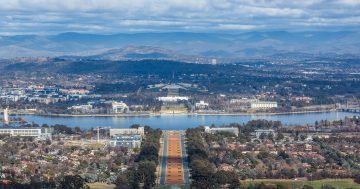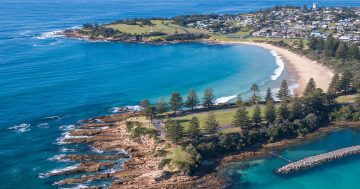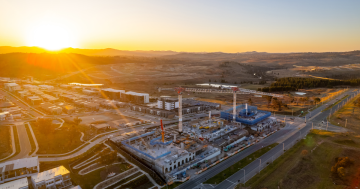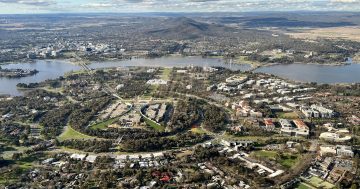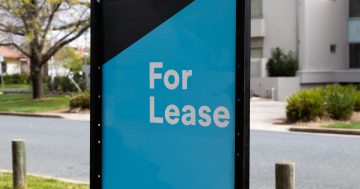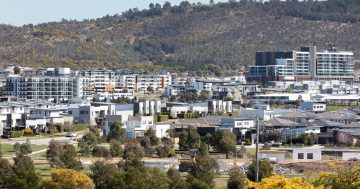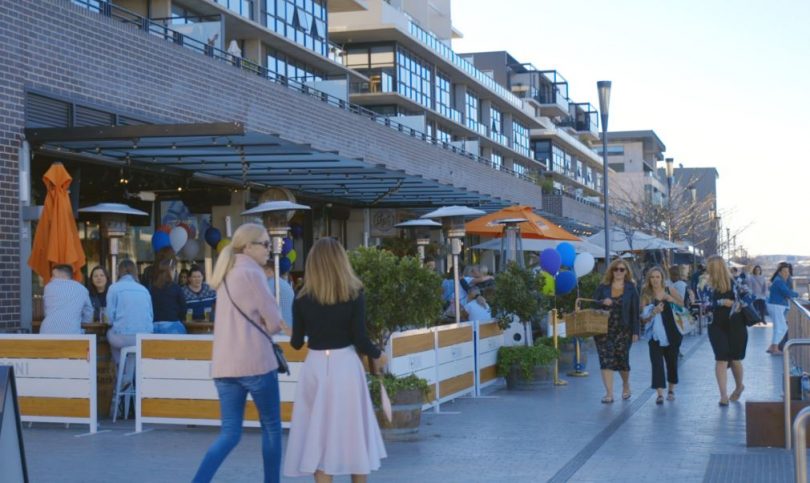
The high-growth areas reflect the shift to higher density living and the apartment boom, exemplified by Kingston. Photo: George Tsotsos.
More than half the increase in the ACT’s population last financial year was the result of overseas migration, according to new figures from the Australian Bureau of Statistics.
The ACT was the second fastest growing capital in the nation in 2017-18, with the population up by 2.2 per cent or 8935 from 412,025 to 420,960 in 2017-18, with 54 per cent (4795) of new Canberrans coming from overseas, 40 per cent (3582) being natural increase and 6 per cent (558) from interstate.
The growth rate was unchanged from the previous year.
The new northern suburbs of Moncrieff, up 1800 people, and Lawson (1000) had the largest increase in population, while the fastest growing areas at 19 per cent were Greenway in Tuggeranong, where there has been a surge in unit and townhouse development, and the new suburb of Coombs in the Molonglo Valley.
Greenway and Coombs ranked nine and 10 respectively in the fastest growing areas in the nation.
The other big movers reflect Canberra’s move to higher density living and the apartment boom.
Phillip, where the Woden Town Centre is being transformed by medium and high-rise apartments, grew 9.4 per cent, while another suburb dominated by multi-storey units, Wright in Molonglo, was up 8.7 per cent.
The inner south downsizers’ enclave of Kingston, grew 7.4 per cent, driven by the Foreshore development.
Then there is Belconnen (5.7 per cent), Crace (4.7 per cent), Campbell (4.5 per cent), Griffith (4.4 per cent), Braddon (4.3 per cent) next to the City, Forrest (3.9 per cent) and Barton (3.5 per cent).
In Gungahlin, Franklin and Harrison grew 3.9 per cent.
In future years, big population increases can be expected in the Town Centres of Gungahlin, Belconnen and Woden, and in Braddon and the City as high-rise residential precincts are completed, not to mention the developments along the Northbourne Avenue corridor, where adjacent suburbs experienced growth of 2-3 per cent.
Many areas of Tuggeranong and Weston Creek lost population, as did some of the older areas of Belconnen.
The ABS said Melbourne again was the capital city with the largest population increase (119,400 people), and also the highest growth rate of any capital at 2.5 per cent.
Brisbane was up 50,100, with the third highest growth rate of 2.1 per cent, while Sydney grew by 93,400 or 1.8 per cent.
Together, these three capitals accounted for over 65 per cent of Australia’s population growth in 2017-18, with Greater Sydney having 5,230,330 people, Melbourne 4,963,349 and Brisbane 2,462,637.
Darwin was the only capital city to experience a population decline in 2017-18, losing 360 people (-0.2 per cent).
“The number of people living in our capital cities increased by 307,800 people (1.9 per cent) in 2017-18”, said ABS Demography Director Beidar Cho. “This in on par with the average growth over the previous three years”.












